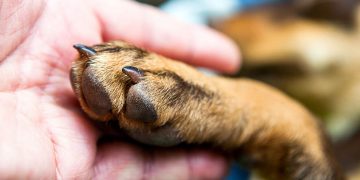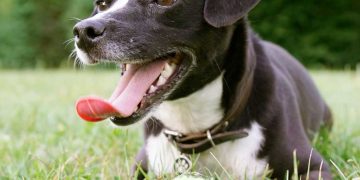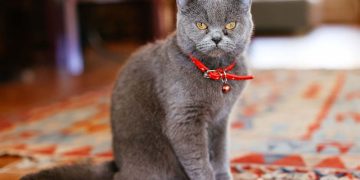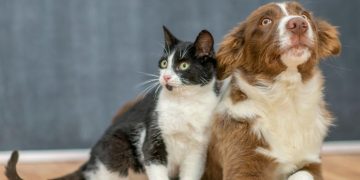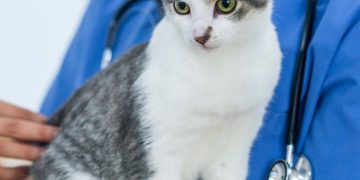Cows are amazing creatures. I know this because as a child, my family owned a dairy farm. Every day, I would wake up at dawn to help milk the cows before school and after school. Over time, I learned about the many incredible things about these animals that most people don’t know about. So here are 10 facts about dairy cattle that will hopefully change your perspective on them:
Cattle can sleep standing up or lying down.
- You might think that cows only sleep when they’re lying down, but you’d be wrong. Cows can stand up or lie down to sleep. Some cows may even take advantage of both positions at once!
- When a cow sleeps standing up, it’s called rumination (or chewing their cud), and it allows them to digest food more efficiently than if they were lying down. Ruminating also helps cows keep their balance while sleeping on four legs instead of two!
- When a cow rests her head on her front legs while she sleeps, this is called lying recumbent (or lying down). This position allows the cow to take advantage of gravity in order to drain excess liquid from its udders and stimulate milk production during the night so that she’ll have enough for her calf when it wakes up early in the morning (which means there will be plenty for us when we wake up too!).
Cows are smart and have good memories.
You might not realize it, but cows are actually very intelligent animals. In fact, they can be trained to do things that you wouldn’t normally think of them being able to do. For example, they can play games and recognize people and other animals. Cows also have good memories: if you train them to do something once, they’ll remember how to do it every time afterward!
Some people even train their cows to dance! The owner of one cow taught her pet cow how to dance by playing music on his phone in front of her while she was eating grass in her enclosure (a type of pen where cows live). Eventually she started dancing along with him!
Cows are social creatures that care about their community.
Cows are social animals that form herds and have a hierarchy. They care about each other and can recognize their fellow herd mates’ faces, even after years apart. There’s even evidence that cows are able to remember the faces of humans and other cattle from previous encounters!
This means that if you’re considering getting a dairy cow, it’s not just going to be an isolated animal; your cow will be part of a larger community, which can make living together much easier.
Cows enjoy music and some can even be taught to ‘dance’.
If you’ve ever had the pleasure of seeing a cow interact with its human companion, then you know they’re social animals. They can recognize people, and they enjoy being around them. They also have individual personalities that show through in their behavior.
Cows are also highly trainable—some can even be taught to dance or play music!
Cows do not need to be milked.
Cows produce milk for their calves, not humans.
Cows do not need to be milked by humans in order for them to produce it. In fact, if a cow is not pregnant and does not have a calf with her, she will not produce any milk at all! The reason we see cows being milked on farms is because they are bred as dairy cattle. They’re bred so that they can give birth every year so that their babies (which will eventually grow up into new dairy cows) can drink their mothers’ milk until they are ready to be taken away from them at around six weeks old (and then those babies will be bred again).
Dairy farmers take care of each cow’s needs in order to ensure she produces enough milk for her baby calf(s) while also providing enough leftover food after weaning so that she can feed herself throughout the rest of her pregnancy period until next year’s breeding season begins again next fall or winter (depending on where you live).
Cows can run very fast.
You may be surprised to learn that cows can run very fast. In fact, they can run faster than humans. Cows are capable of reaching speeds of up to 30 miles per hour, and they have been known to run distances of up to 20 miles in one day!
When it comes down to it, cows do not need help getting around. If you’ve ever seen a cow jump over a fence or wall in a single bound, then you know exactly how agile these animals are on their own.
Most cattle today have deformed legs or feet because of selective breeding for faster growth.
You may be surprised to learn that most cows today have deformed legs or feet because of selective breeding for faster growth. This has led to an increase in lameness and other health issues, including reproductive problems. A study published in August 2018 found that the average lifespan of a cow has decreased by 5 years since the 1950s, from 6.7 years in 1957 to 2.2 years today.
Dairy cows are generally slaughtered at 4 or 5 years old, younger than beef animals who are often 6 or 7 years old when slaughtered.
While the average lifespan of a beef animal is 6 years, it’s only 4 years for a dairy cow. The lifespan of a dairy cow in the U.S. is only 2.4 years!
Most dairy cows in the US die from lameness, mastitis, reproductive problems, and other sicknesses related to their intense physical demands.
Mastitis is an infection in the udder. It can be caused by poor hygiene and dirty equipment, or it may develop when a cow becomes injured or ill. Mastitis can lead to infertility and death.
Most dairy cows in the US die from lameness, mastitis, reproductive problems, and other sicknesses related to their intense physical demands: they give birth multiple times each year and walk on concrete floors for most of their lives (up to 20 hours per day).
Only female cows produce milk.
Only female cows produce milk. This means that if you are considering purchasing a cow, you’ll need to know the gender before you buy it. The only way to tell if a cow is male or female is by performing an ultrasound scan on its udder (the word “udder” refers to both breasts and teats).
Cows are amazing animals with individual personalities like dogs and cats, despite the fact that they are exploited by humans.
Cows are amazing animals, who have incredible memories and social skills. They are also more intelligent than we give them credit for—and they’re quite capable of showing affection to their owners.
Cows form strong bonds with one another and are very sensitive to the moods of their herdmates. They’re also extremely empathetic towards humans, who they know will be there to feed them each day. Cattle will get depressed if separated from their herd or if they hear other cows being slaughtered; they’ll even mourn a fallen friend by lying down next to its body until it’s picked up by farmers (in many cases, this happens before the farmer has even noticed the death).
Cows can even be taught how to dance! A study on bovine behavior revealed that cows enjoy music just as much as humans do: when given access to speakers playing different genres such as jazz or classical music; some were able to learn how “dance” along with certain rhythms using their hooves
Conclusion
While dairy cows are certainly exploited by humans, they are also amazing animals with individual personalities like dogs and cats. So the next time you see a cow walking down the street, give her a hug. She’ll appreciate it.
Read More:



